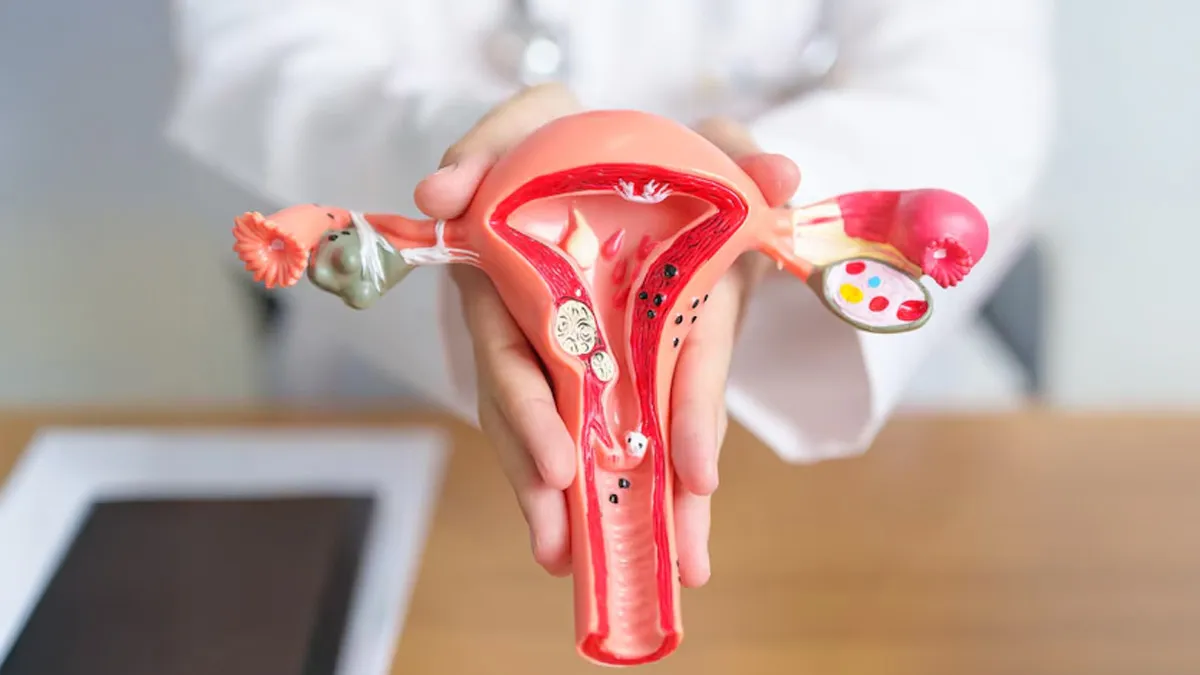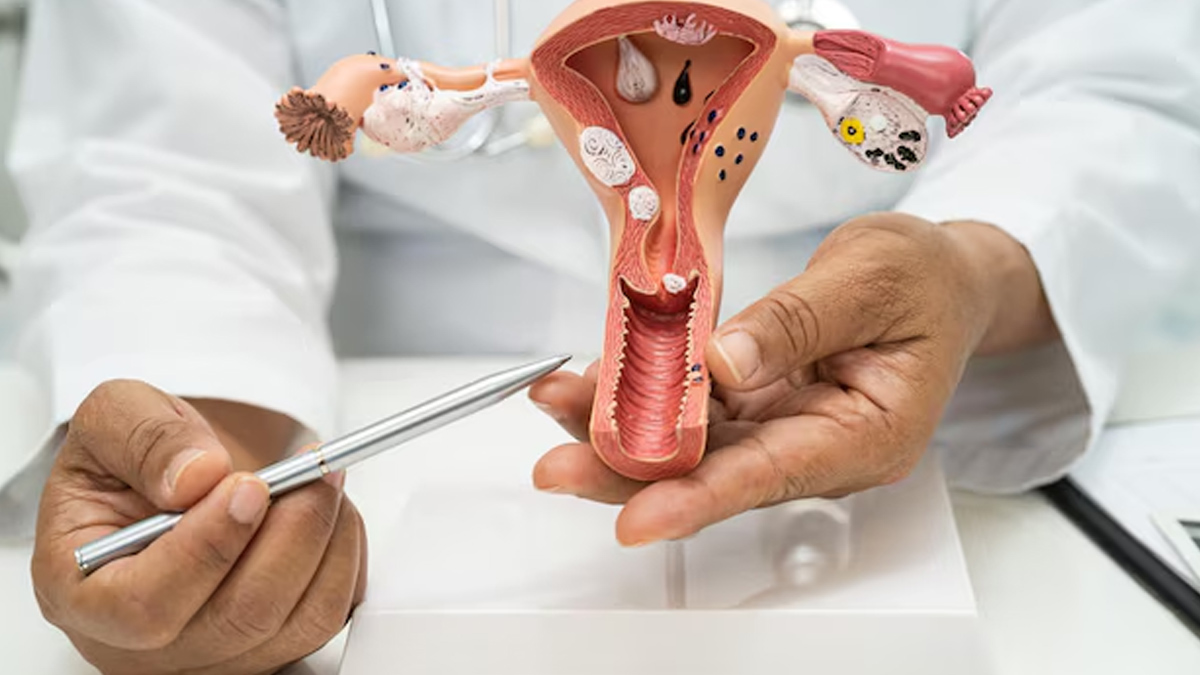
Do uterine fibroids affect implantation? For many women, the journey to conception is paved with uncertainty, especially when all the pieces seem to be in place; good embryos, optimal timing, and a healthy uterine lining, yet implantation still fails to occur. Could fibroids be the unseen obstacle standing in the way of a successful pregnancy?
Table of Content:-
On this World IVF Day, observed on 25th July, we spoke to Dr Lavanya R, Fertility Specialist, Nova IVF Fertility, Sarjapur, Bengaluru, who explained the complex relationship between fibroids and fertility, and how women can make informed decisions about their reproductive health.
What are Fibroids?

Fibroids are non-cancerous growths that develop in or around the uterus. They are particularly common among women in their 30s and 40s. In India, nearly 1 in 3 women of reproductive age are believed to have them.
According to Johns Hopkins Medicine, around 20-50% of women of reproductive age are estimated to have fibroids, and nearly 77% will experience fibroids at some point during their childbearing years. However, only about a third of these fibroids are large enough to be identified by a healthcare provider during a physical examination, leading to many cases going undiagnosed.
“While some women may experience heavier periods, bloating, and pressure, others may not have any symptoms. As a result, unless a healthcare provider is specifically looking for fibroids or fertility becomes an issue, they may go unnoticed. In most cases, fibroids do not cause problems; however, they can lead to complications, particularly during implantation,” explained Dr Lavanya.
Also Read: Not Just Hormones: How Blood Pressure, Vitamin D, and Lifestyle Impact Fibroid Risk
Fibroids: Size And Location
Many people think that fibroids are only a concern if they are large, but their location is often more significant than their size. Here’s a quick guide shared by the expert:
- Submucosal fibroids sit just beneath the inner lining of the uterus and are closely monitored. They can alter the shape of the uterine cavity, reduce blood flow, and cause inflammation, all of which can make it harder for an embryo to implant.
- Intramural fibroids grow in the muscular wall. They’re a bit more nuanced. Some are harmless. But bigger ones, especially if they press against the uterine cavity, can interfere with implantation.
- Intramural fibroids grow in the muscular wall of the uterus. While some are harmless, larger intramural fibroids, especially those pressing against the uterine cavity, can interfere with implantation.
So yes, fibroids might be there. But the real question is: Are they changing the space where the embryo needs to implant?
“Submucosal fibroids can lower implantation and pregnancy rates, particularly in IVF. They create a less welcoming environment. It’s like trying to pitch a tent on uneven ground. Intramural fibroids are a bit of a grey area. Some data shows they reduce success, especially if they’re large or distorting the cavity. But not all studies agree. That’s why we don’t generalise, every uterus tells its own story,” added Dr Lavanya.
Do All fibroids Need Surgery?
No, not even close. If a fibroid isn’t touching the cavity or causing symptoms, we usually don’t rush to remove it. Surgery has its role, but so does caution, especially when age and time are in the mix. That said, we do consider removal when:
- Implantation has failed multiple times, and nothing else explains it
- The fibroid’s distorting the cavity
- The woman has other symptoms: bleeding, pain, or pelvic pressure
Additionally, the surgical route depends on the fibroid. Some can be taken out through a minimally invasive hysteroscopy, while others might need laparoscopy or a different approach. It’s always a balance, risk, timing, benefit.
Also Read: Does Weight Impact IVF Success? Expert Explains the Connection
What If This Keeps Happening?
- Talk to your doctor. Ask about fibroids, specifically, whether they’ve been ruled out properly.
- Standard ultrasounds don’t always show the full picture. Tools like 3D ultrasound or saline infusion sonography give a much clearer view of what’s happening inside.
- Sometimes, it’s just one fibroid. Tiny. Hidden. But enough to matter. And removing it can change the whole path forward.
Bottomline
Dr Lavanya concluded, “Many women with fibroids go on to conceive naturally or with support. But if implantation keeps failing and everything else looks good, take a closer look. Because sometimes, the problem isn’t about doing more. It’s just about removing what’s in the way.”
[Disclaimer: This article contains information provided by an expert and is for informational purposes only. Hence, we advise you to consult your professional if you are dealing with any health issue to avoid complications.]
Also watch this video
How we keep this article up to date:
We work with experts and keep a close eye on the latest in health and wellness. Whenever there is a new research or helpful information, we update our articles with accurate and useful advice.
Current Version